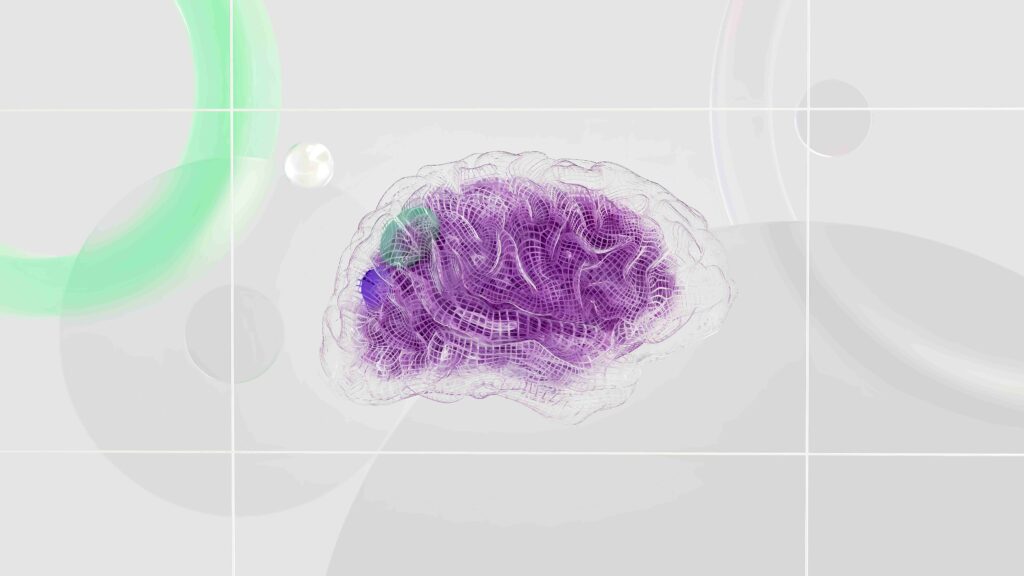In artificial intelligence, neural networks stand as a cornerstone, mimicking the intricacies of the human brain to process information, recognize patterns, and make decisions. These sophisticated systems have evolved to become integral components in various fields, offering groundbreaking solutions to complex problems. In this article, we delve into the fundamentals of neural networks, explore their types, and showcase their practical applications in finance, engineering, and the medical field. Additionally, we’ll touch upon the development of neural networks and the essential technology stack involved.
Defining Neural Networks
At its core, a neural network is a computational model inspired by the human brain’s neural structure. Comprising interconnected nodes, or artificial neurons, neural networks leverage layers and connections to process and analyze data. These connections hold adjustable weights that evolve during training, allowing the network to learn from examples and optimize its performance.
Different Types of Neural Networks
Feedforward Neural Networks (FNN)

This classic type follows a unidirectional flow, with information moving from input to output layers. Commonly used for pattern recognition, FNNs are the foundation for more complex networks.
Recurrent Neural Networks (RNN)

Unlike FNNs, RNNs introduce feedback loops, enabling the network to maintain memory of past inputs. This makes them suitable for tasks involving sequential data, such as natural language processing.
Convolutional Neural Networks (CNN)

Optimized for image recognition, CNNs apply convolutional layers to detect hierarchical features in images. They have revolutionized fields like computer vision and object detection.
Generative Adversarial Networks (GAN)

Comprising a generator and discriminator, GANs engage in a competitive learning process, generating content indistinguishable from real data. This has applications in image and video creation.
Practical Applications of Neural Networks
1. Finance: Predictive Analytics and Risk Management
Neural networks empower financial institutions with predictive analytics. They analyze historical data, identify market trends, and predict future stock prices. Additionally, these systems play a pivotal role in risk management, detecting fraudulent activities by recognizing patterns indicative of irregular transactions.
2. Engineering: Autonomous Systems and Optimization
In engineering, neural networks drive advancements in autonomous systems. From self-driving cars to drones, these networks process real-time data to make split-second decisions. Moreover, neural networks aid in optimizing complex engineering processes, enhancing efficiency and minimizing resource utilization.
3. Medical Field: Disease Diagnosis and Drug Discovery
Neural networks have revolutionized medical diagnostics. Image recognition in radiology allows for the early detection of diseases, while predictive models analyze patient data to foresee potential health risks. In drug discovery, neural networks expedite the identification of potential compounds for various treatments.
Developing Neural Networks: Technology Stack
- Programming Languages: Python, with libraries like TensorFlow and PyTorch, dominates the neural network landscape. These libraries provide high-level abstractions, easing the implementation of complex models.
- Neural Network Frameworks: TensorFlow and PyTorch are powerful frameworks that simplify neural network development. TensorFlow, developed by Google, offers scalability, while PyTorch, favored for its dynamic computation graph, caters to research-oriented projects.
- GPU Acceleration: Due to the intensive computational nature of neural network training, Graphics Processing Units (GPUs) significantly accelerate the process. Technologies like NVIDIA CUDA make GPU acceleration accessible for neural network developers.
- Development Environments: Jupyter Notebooks and integrated development environments (IDEs) like Visual Studio Code provide collaborative and efficient platforms for neural network development, offering tools for visualization and debugging.
In conclusion, neural networks represent a pinnacle in artificial intelligence, reshaping industries and propelling us into an era of unprecedented possibilities. From predicting stock market trends to aiding in medical diagnostics, these systems continue to redefine the boundaries of what technology can achieve. As the field evolves, embracing the right technology stack becomes imperative, ensuring the seamless development and deployment of neural network solutions across diverse domains.

